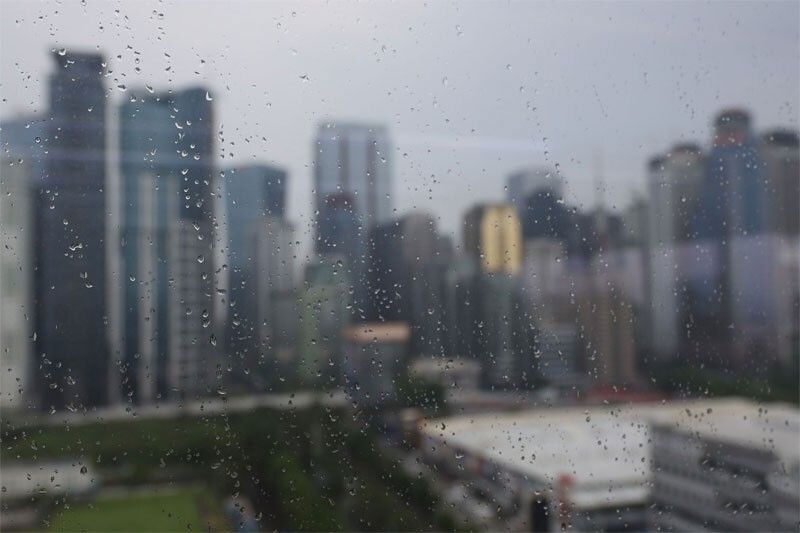Sustainable infrastructure needed to fight climate change

MANILA, Philippines — Cities need to adopt green urban planning strategies, including investing in sustainable infrastructure to boost resilience to the impact of climate change, according to the World Bank.
In its report titled “Thriving: Making Cities Green, Resilient, and Inclusive in a Changing Climate,” the World Bank provided recommendations on policy options that policymakers in cities can take to reduce emissions, enhance resilience to climate shocks, and become more inclusive to prevent the poorest from feeling the climate impacts.
“Cities are at the forefront of the climate fight. By 2050, an estimated 70 percent of all people will live in cities. This means today’s investments in making cities resilient and inclusive will determine whether most people will be able to access basic services, find jobs, and live with dignity,”Axel van Trotsenburg, senior managing director, development policy and partnerships at World Bank said.
“Through targeted action, we can transform our urban environments to ensure a thriving future for all,” he said.
The World Bank said cities are becoming more exposed to frequent extreme weather events due to climate change.
It said those in low-and lower-middle-income countries, in particular, face the highest exposure to projected climate change-related hazards, and the projected exposure for 2030 to 2040 based on a composite index that combines projections for key hazards, such as floods, heat stress, tropical cyclones, sea-level rise, water stress, and wildfire, is higher than for cities in higher-income countries.
Cities in low-and lower-middle-income countries are also less resilient to climate change-related shocks and stresses, and suffer larger negative impacts from extreme hot, dry, and wet weather events, as well as from tropical cyclones compared to those in higher-income countries.
The World Bank said among the policy options for cities is to make investments in green and resilient infrastructure.
“Investments in green, resilient, and inclusive infrastructure, including in nature-based solutions can help cities address climate change–related risks,” the World Bank said.
Despite the investment in infrastructure across low- and middle-income countries at 3.4 to five percent of their gross domestic product, the World Bank said infrastructure often cannot meet the needs of the growing and urbanizing populations of these countries.
The World Bank said climate stresses can exacerbate challenges in these countries by leading to disruptions in supply of services, including damaging assets.
“Important prevention measures such as flood control systems, shelters, and protection of environmental buffers can be embedded in infrastructure investments,” the World Bank said.
In investing in infrastructure, the World Bank said maintenance should also be covered.
“Investment outlays must not ignore maintenance because it boosts the resilience of infrastructure while reducing overall costs in the long run,” the World Bank said.
In addition to investments, the World Bank said information can also help people and firms better understand, and as a result, better adapt to climate risks.
As information may not be enough to motivate households and businesses to consider the environmental effects of their actions, the World Bank said incentives, which may be in the form of taxes, charges, subsidies and tradable permits, would be needed.
“Whatever the incentive, attention must be paid to equity because, although incentive policies raise overall welfare, for any given policy, some people or firms may gain more than others,” the World Bank said.
It also recommends having insurance against losses associated with climate change and environmental shocks to lessen the financial impact of disasters.
The World Bank also said integration within and between cities could lower greenhouse gas emissions, and bring people closer to jobs and opportunities.
- Latest
- Trending






























